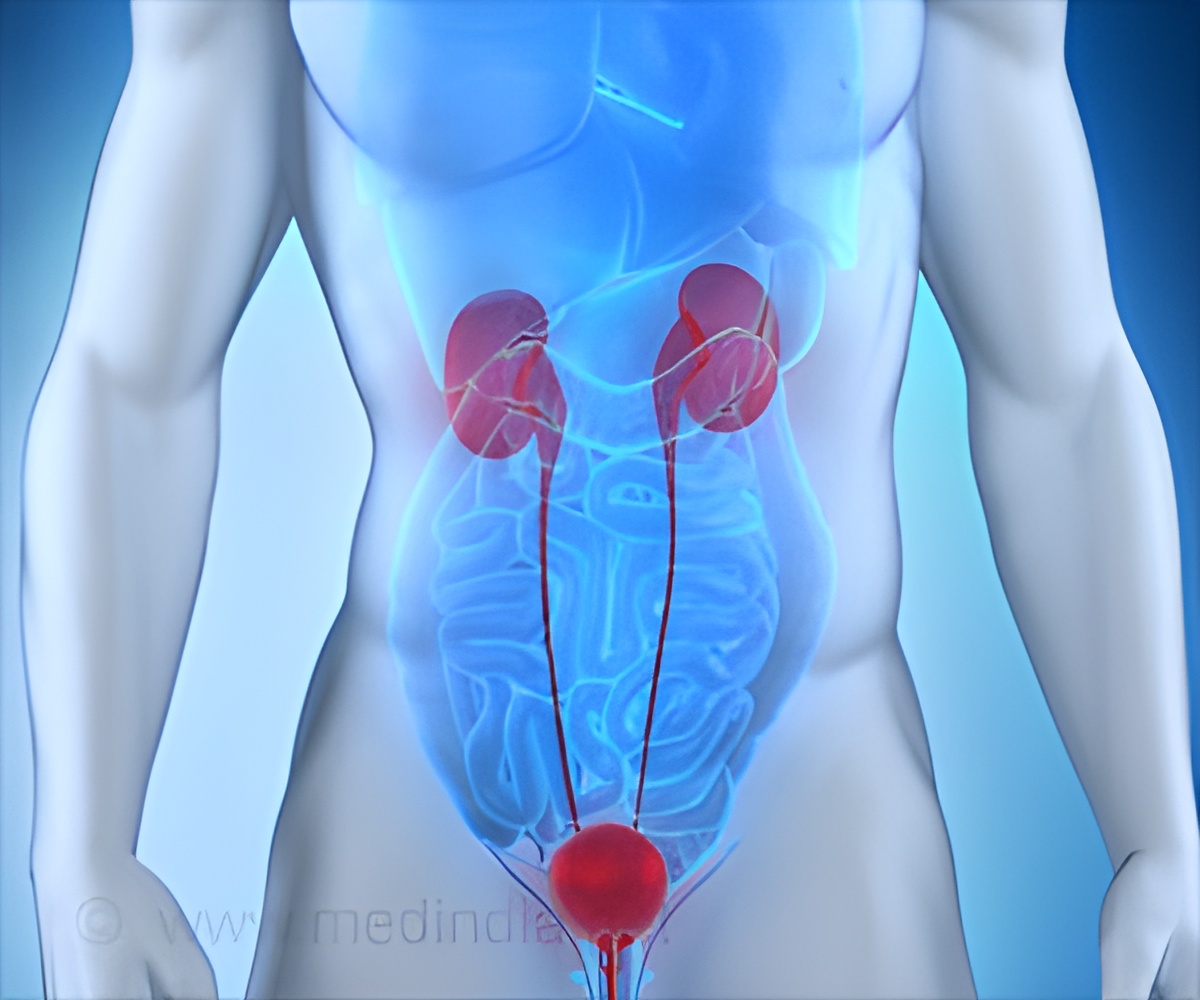
‘New genetic clues to understanding IgA nephropathy have been uncovered by researchers.’
Tweet it Now
Researchers have uncovered new genetic clues to understanding IgAN. The findings are relevant to IgAN
as well as other diseases with similar underlying molecular defects,
such as inflammatory bowel disease and certain types of blood disease
and cancer."Very little is known about the causes of IgAN, genetic or otherwise, so our discovery represents an important step toward developing better therapies for this disease," said lead author Krzysztof Kiryluk, the Herbert Irving assistant professor of medicine at Columba University Medical Center (CUMC).
The study, conducted by researchers at CUMC and the University of Alabama at Birmingham (UAB) School of Medicine, was published last month in PLOS Genetics.
The key molecular defect in people with IgAN is abnormal O-glycosylation of IgA antibodies. O-glycosylation - in which a sugar molecule attaches to an oxygen atom in the amino acid residue of a protein - plays a role in various physiologic processes. Studies of families have shown that problems in the O-glycosylation of IgA are common in people with IgAN and are largely genetic in origin, although the exact genes involved were unknown.
To identify genes linked to O-glycosylation problems in IgAN, Dr. Kiryluk and colleagues performed genome-wide association study (GWAS) of 2,633 people of European and East Asian ancestry, populations with high rates of the disease. All of the participants were analyzed for blood levels of galactose-deficient IgA1 (Gd-IgA1), a marker for IgAN, using a new high-throughput blood test developed by lead investigator of the study Jan Novak, associate professor of microbiology at UAB. A GWAS study of this kind had never been done before, because there was no way to efficiently measure the biomarker in such a large volume of patients.
Advertisement
To confirm that C1GALT1 and C1GALT1C1 are involved in O-glycosylation, the researchers knocked down the two genes in cells in from IgAN patients and controls. Knocking down the genes increased production of the Gd-IgA1 marker in cells from both groups.
Advertisement
Source-Eurekalert














